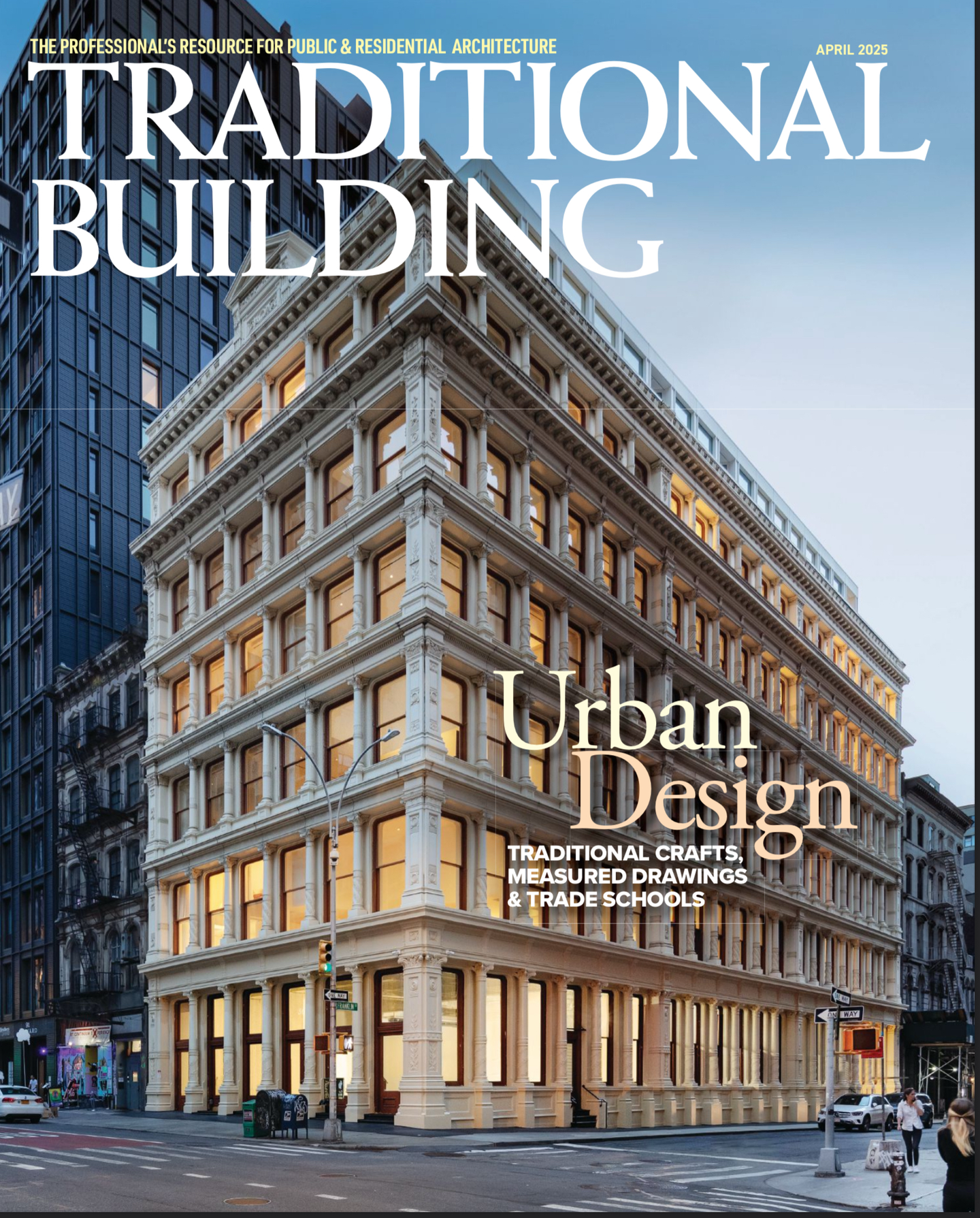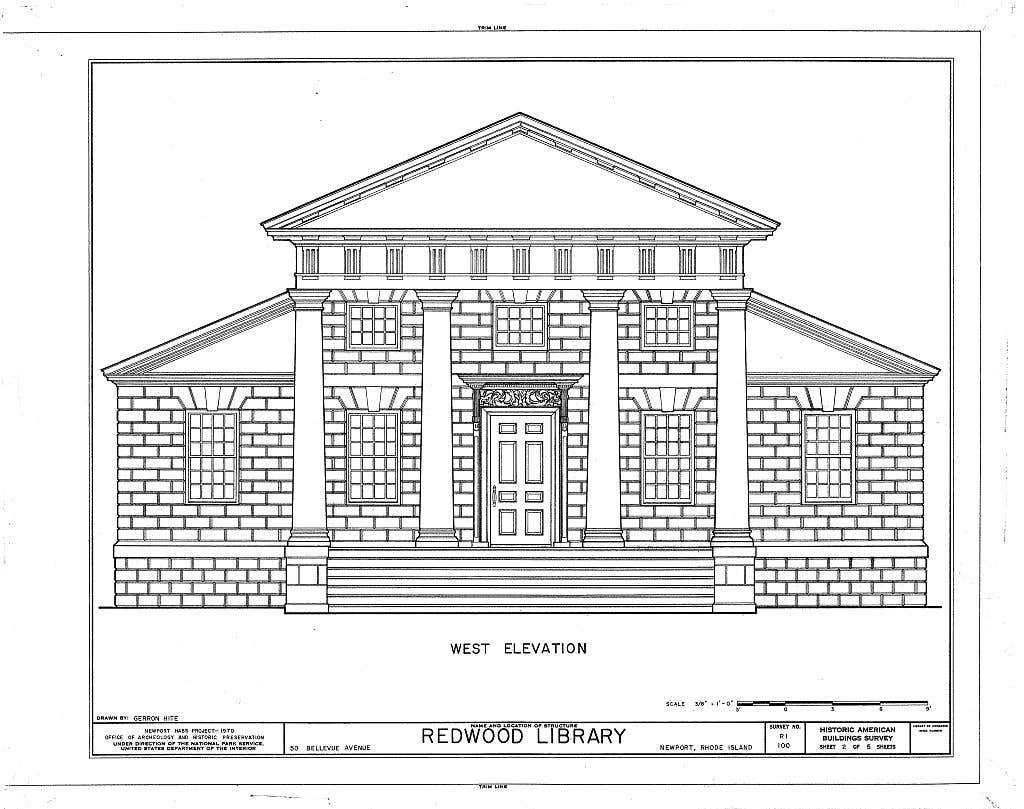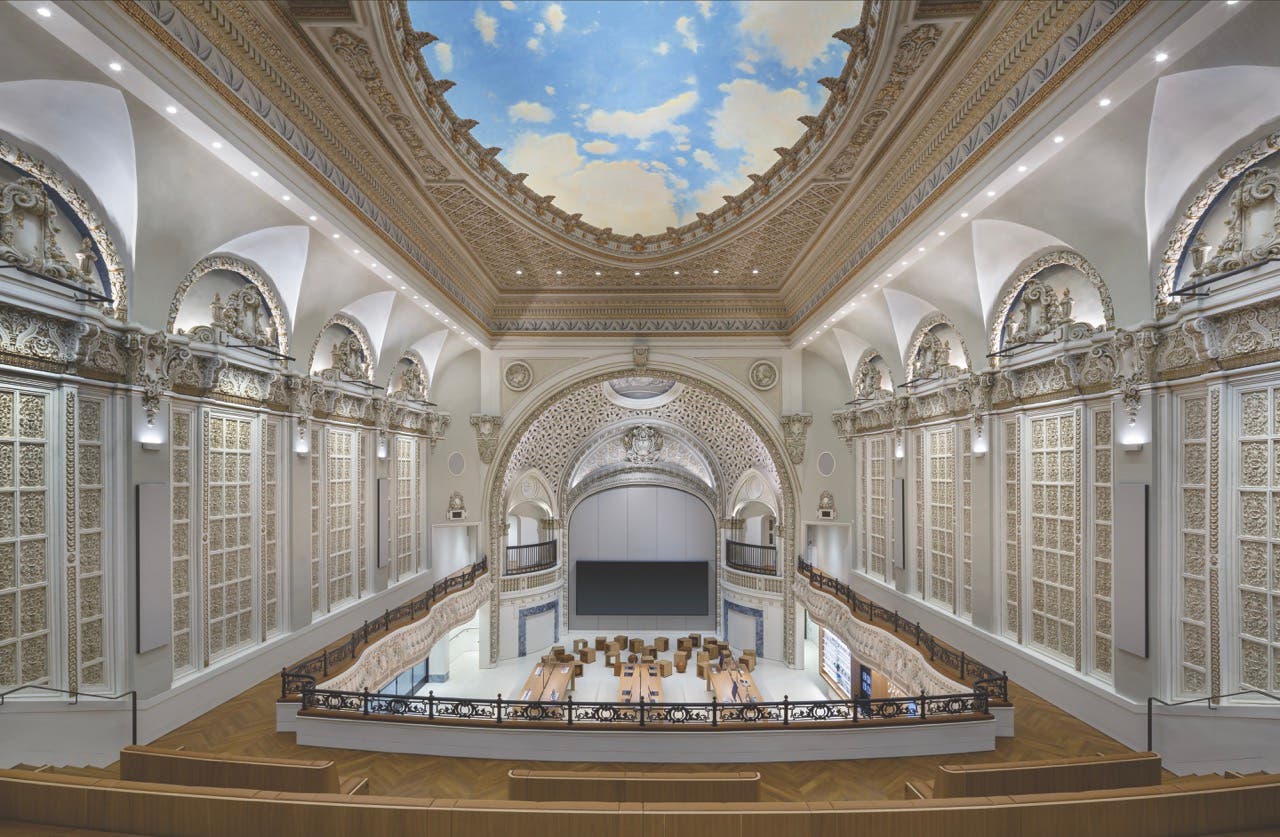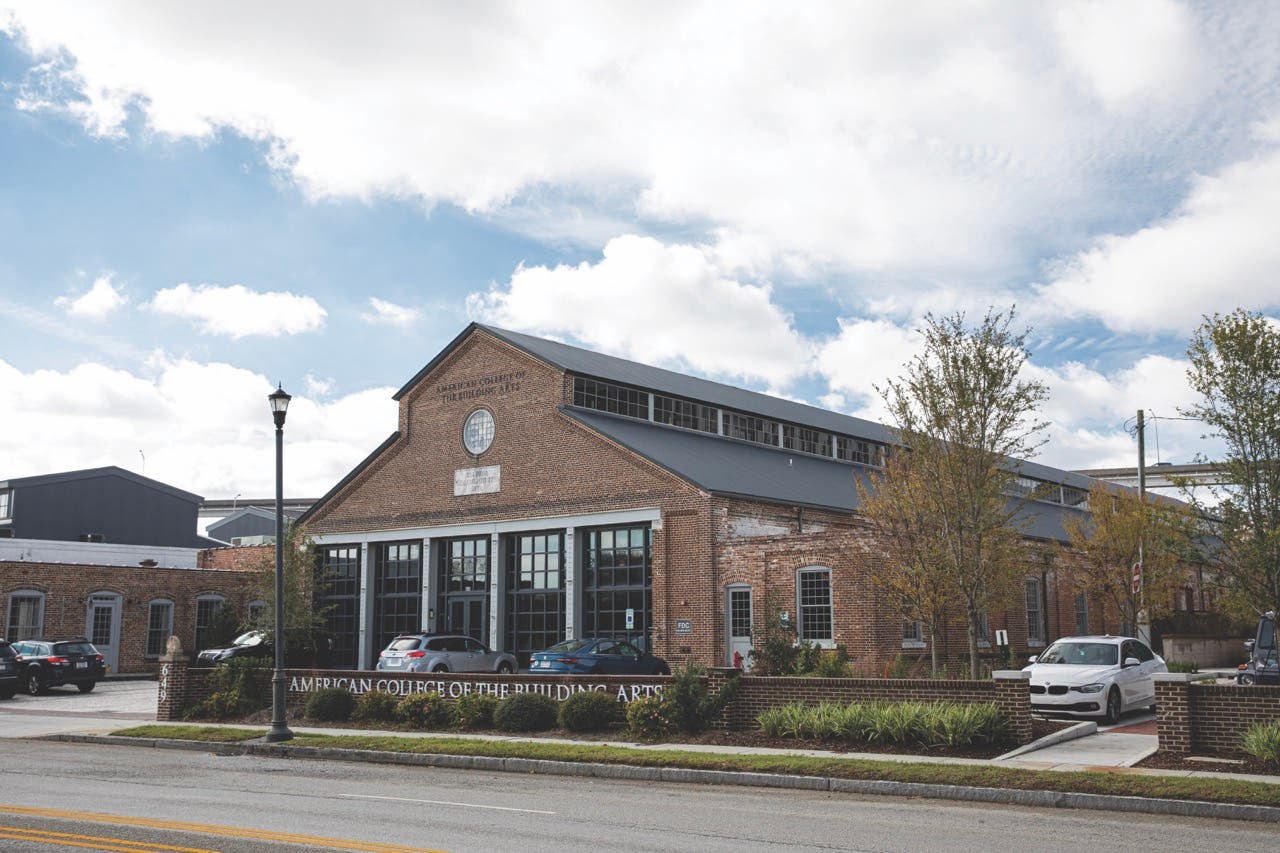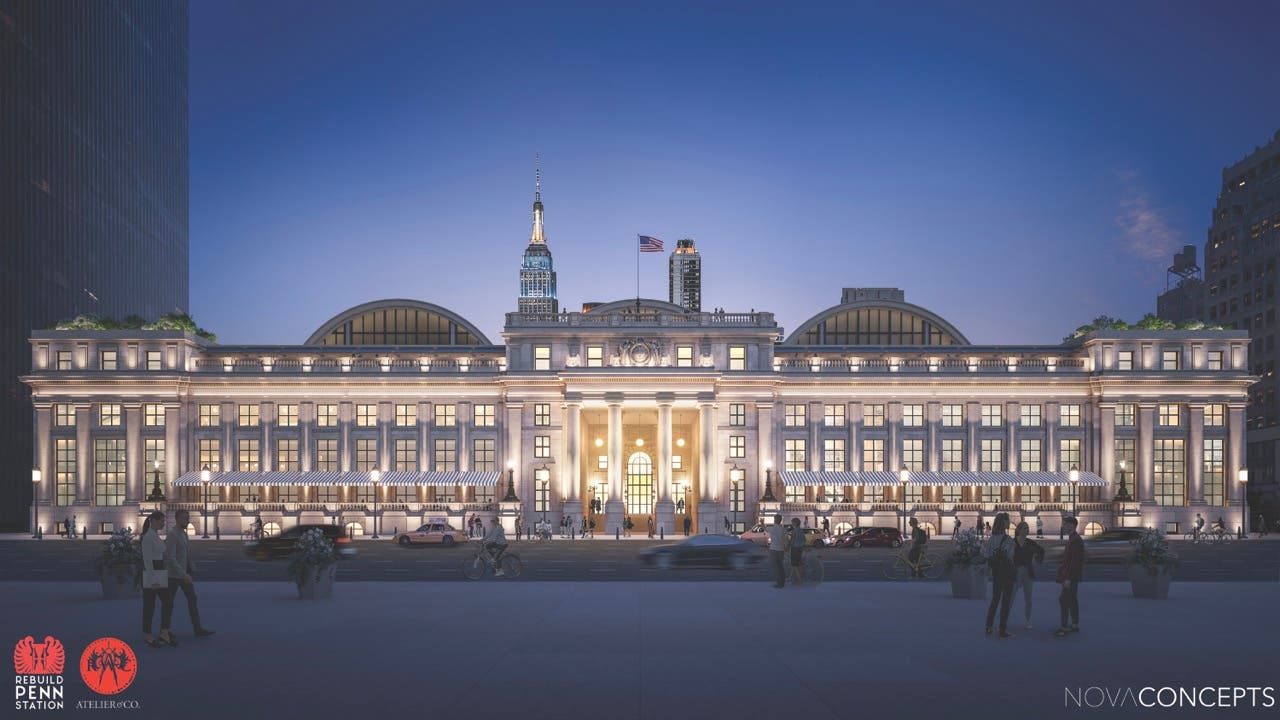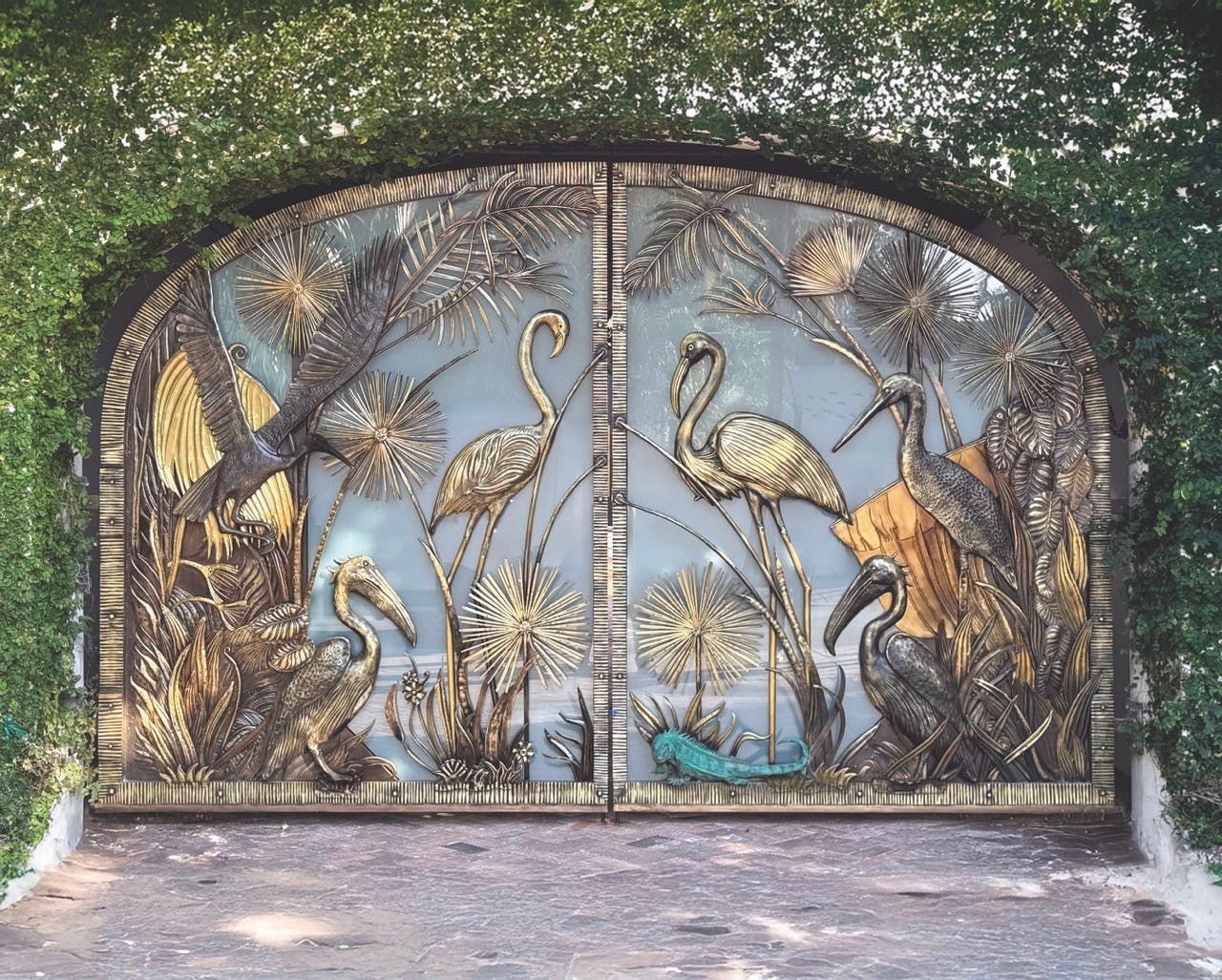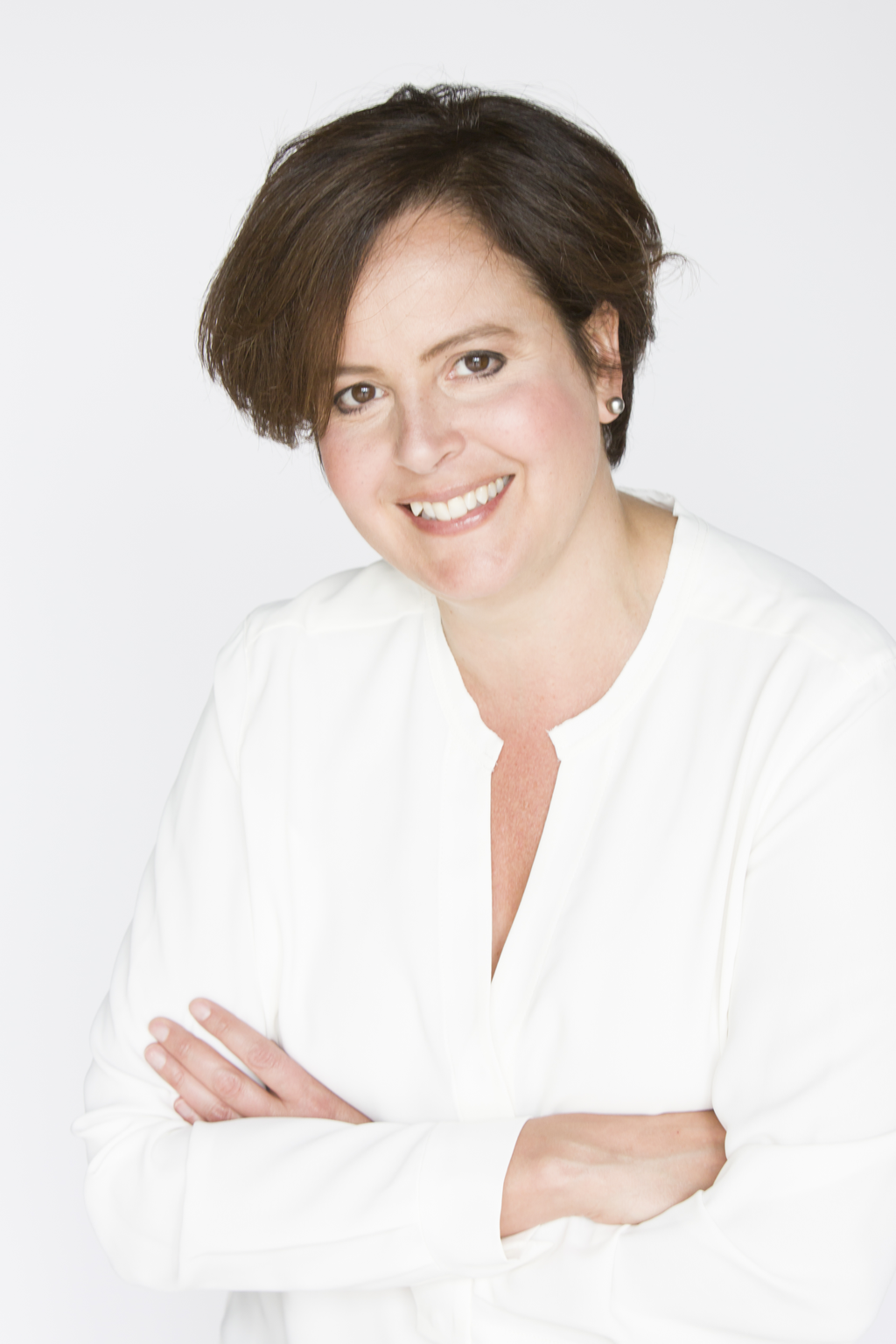
Features
The 25 – Melissa DelVecchio
As a partner at Robert A.M. Stern Architects, Melissa DelVecchio is the design lead for many of the firm’s most complex academic and institutional projects.
Her work, the product of an intensive academic study of Classical architecture and a subsequent immersion into contemporary design, synthesizes tradition and invention, reinforcing the many visual, social, environmental, and cultural influences that give places identity and meaning.
Her projects, which include two new residential colleges at Yale and the restoration, rehabilitation, and transformation of the university’s Bicentennial Buildings into the Schwarzman Center, as well as the first LEED Gold-certified building in China, demonstrate the creative potential of adapting traditions and evolving time-tested solutions to address architectural challenges and contribute to contemporary culture.
“Exposure to a broad range of architectural ideas has shown me that the principles of Classicism and modernism can be dynamic conversational partners, producing expressive buildings that give places identity and meaning,” she says. “I thrive on solving architectural puzzles with difficult constraints and value the history and culture that create a sense of place—making all kinds of preservation projects personally and professionally rewarding for me.”
DelVecchio sees the pandemic-produced trend toward remote work and the relocation of some office workers as an opportunity to not only push adaptive reuse and preservation to rebalance struggling commercial neighborhoods in cities but also to revive smaller communities in rural and suburban settings by saving, restoring, or repurposing buildings along historic main streets and central squares.
“We need to examine a broad spectrum of ideas for solutions—that is to say, examine the centuries of accumulated wisdom embodied in the planning strategies of traditional towns and cities alongside contemporary ideas and innovative technology,” she says. “This pattern could bring new life and sustainable redevelopment to disused towns across the country and around the world. To build lasting communities, we need to look back as well as forward.”


